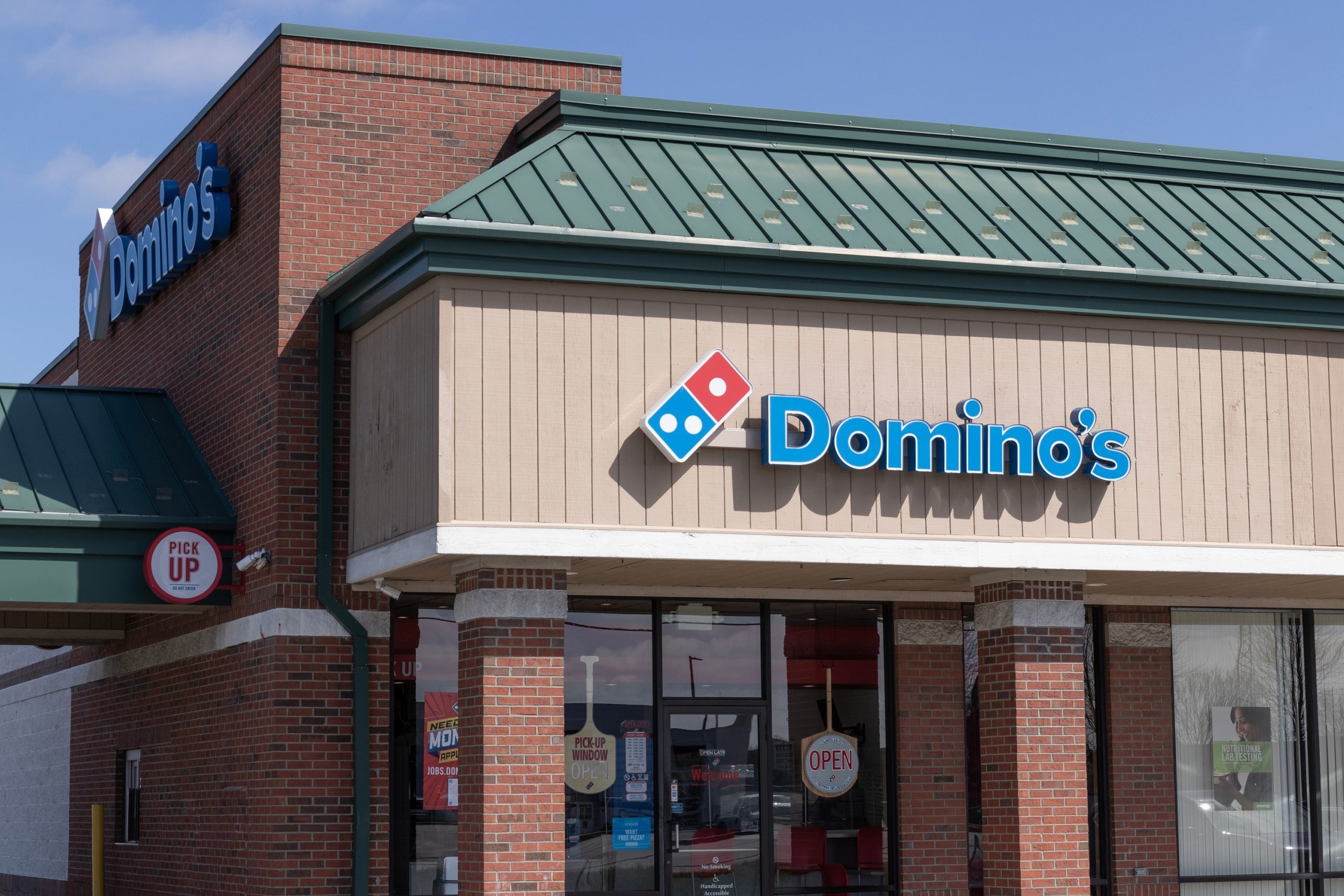Today, the business world is in constant flux, and companies that cannot keep up with new trends risk falling behind. However, some brands stand out for their ability to reinvent themselves, transforming challenges into opportunities to thrive in highly competitive markets. These companies serve as inspiration for others looking to evolve and innovate without losing their core identity.
Brand reinvention can result from various circumstances: technological advancements, economic crises, changing consumer habits, or the need to face new competitors.
What is Brand Reinvention?
Brand reinvention involves re-evaluating a company’s identity, its products, services, and how it interacts with customers and the market. It can be a radical shift in brand image, market repositioning, adopting new technologies, or launching new products that reshape public perception.
Brands that successfully reinvent themselves adapt to new realities without alienating their original audience. They transform a crisis into an opportunity for growth while still offering value to their customers.
Success Stories: Brands that Reinvented Themselves
Netflix: From DVD Rental to Global Streaming Giant

Netflix is one of the most remarkable examples of a brand that has reinvented itself over the years. Founded in 1997 as a DVD rental service by mail, the company began facing challenges in the early 2000s with the rise of digital platforms and popular services like YouTube.
The Reinvention: In 2007, Netflix made a bold move by transforming its business model from DVD rentals to a digital streaming platform. This shift anticipated the trend of on-demand content consumption, turning Netflix into one of the world’s largest entertainment platforms.
Lessons:
-
- Anticipating Trends: Netflix’s ability to foresee the digital future of entertainment was essential to its success.
- Customer Focus: Even with a radical change in its business model, Netflix kept its focus on providing a convenient and accessible user experience.
Apple: From the Brink of Bankruptcy to the World’s Most Valuable Company

In the 1990s, Apple was in a critical situation. The company, a pioneer in the personal computer revolution, faced intense competition from Microsoft and other computer manufacturers. Sales were declining, and many experts predicted Apple’s downfall.
The Reinvention: Steve Jobs’ return to Apple in 1997 marked the beginning of the company’s transformation. He brought a new vision, focusing on design, innovation, and simplicity. Revolutionary products like the iPod, iPhone, and iPad not only saved Apple but also set it on the path to becoming the world’s most valuable company.
Lessons:
-
- Disruptive Innovation: Apple was unafraid to challenge the status quo and create products that changed consumer behavior.
- Simplicity and Design: A pillar of Apple’s reinvention was the focus on products with simple designs and intuitive usability.
Lego: From Financial Crisis to Constant Innovation

At the turn of the millennium, Lego, famous for its building blocks, was on the verge of bankruptcy. Sales were declining, and the company was losing relevance in a market increasingly dominated by electronic toys and video games. A new approach was necessary to reconnect with young audiences.
The Reinvention: Instead of moving away from its core identity, Lego chose to explore new formats. The company entered the video game world with titles like Lego Star Wars and Lego Batman, and launched its line of movies and TV series, such as The Lego Movie, which became a global success. Additionally, Lego invested in co-creation experiences with customers, such as the Lego Ideas platform, where fans can submit their creations.
Lessons:
-
- Adapting Without Losing Essence: Lego reinvented itself while staying true to its main product—building blocks. By adding digital and cultural elements, the company attracted new generations.
- Diversification: Diversifying products and media helped Lego expand its presence and relevance in the market.
Domino’s Pizza: Improving the Product to Win Back Customers

In the 2000s, Domino’s Pizza faced an image crisis. Consumer reviews about its pizza’s taste were negative, leading to a steep decline in sales. To reverse this situation, the company decided to tackle the problem head-on.
The Reinvention: Domino’s launched an honest marketing campaign admitting that its product needed improvement. Instead of downplaying the criticism, the company worked intensively to revamp its recipe and launched an entirely new pizza. Domino’s also invested heavily in technology, creating an innovative online ordering app with real-time tracking.
Lessons:
-
- Listening to Customer Feedback: Domino’s reinvention began by acknowledging and accepting consumer criticism.
- Technological Innovation: By investing in technology, Domino’s improved the customer purchase experience and increased operational efficiency.
Burberry: Transforming Tradition into Innovation

Burberry, a British luxury brand with a history of over 160 years, faced an identity issue in the early 2000s. The brand was associated with an older, more conservative audience, losing relevance among younger consumers. The company realized it needed to revitalize its image without losing its heritage.
The Reinvention: Burberry underwent a transformation under the leadership of Angela Ahrendts and Christopher Bailey. The brand focused on digital innovation, becoming one of the first luxury brands to embrace the internet and social media. Additionally, Burberry updated its product portfolio, modernizing its clothing and accessories while retaining classic elements.
Lessons:
-
- Combining Tradition with Innovation: Burberry showed that it’s possible to retain a brand’s essence while innovating to attract new audiences.
- Adaptation to the Digital World: Early adoption of social media and e-commerce gave Burberry an edge in the luxury market.
What Drives Brand Reinvention?
1. Changing Consumer Behavior
The way consumers interact with brands is constantly evolving. The rise of e-commerce, mobile devices, and a focus on sustainability are examples of trends that force companies to rethink their strategies.
2. Technological Advances
Technology is continually advancing, and brands must adapt to avoid becoming obsolete. Digitalization, automation, and artificial intelligence are dramatically changing the business landscape, requiring companies to stay ahead of these shifts.
3. Competition
Brands that don’t innovate often lose relevance to more agile competitors. The ability to reinvent is crucial to maintaining a competitive edge.
4. Economic Crises
Many brands reinvent themselves in response to economic crises. The need to cut costs, find new revenue sources, or respond to shifts in consumer purchasing power can spark transformation.
How to Plan a Brand Reinvention

- Market Analysis: Before starting a reinvention, it’s essential to understand new trends and consumer behavior.
- Alignment with Brand Values: Any changes should align with the company’s values and mission to avoid alienating loyal customers.
- Innovation and Experimentation: Be willing to try new ideas, products, and marketing strategies.
- Clear Communication: Reinvention should be clearly communicated to the public, explaining the changes and the impact on consumers.
The ability to reinvent is essential for a brand’s survival and growth in today’s market. Companies that embrace change, listen to their customers, and adapt to new realities are the ones that will thrive. The examples of Netflix, Apple, Lego, Domino’s, and Burberry show that brand reinvention is not just a strategy but a necessity for staying relevant in a constantly evolving world.
Frequently Asked Questions (FAQ) on Brand Reinvention
- What does “brand reinvention” mean? Brand reinvention is the process of transforming a company’s identity, value proposition, or how it interacts with the market, often in response to external or internal changes.
- What are the main factors that drive brands to reinvent themselves? Major factors include shifts in consumer behavior, technological advances, increased competition, and economic crises.
- What are some examples of brands that successfully reinvented themselves? Examples of successful brand reinventions include Netflix, Apple, Lego, Domino’s Pizza, and Burberry.
- How can a company start the process of brand reinvention? The process can start with market analysis, alignment with brand values, innovation, and clear communication of changes.
- Is brand reinvention always necessary? While not always necessary, reinvention can be crucial for companies facing significant challenges or wanting to grow and adapt to new market realities.




